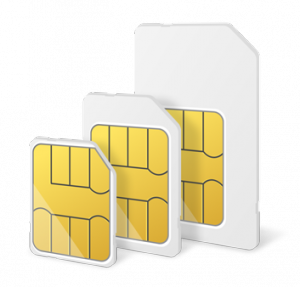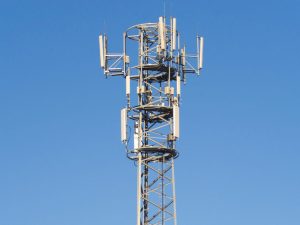In this section, we highlight & compare the UK’s best mobile deals. You can find the cheapest network for your handset or the best value SIM only deal.
Here in the UK, there’s thousands of handsets available and more than a million mobile phone tariffs to choose from across the networks. Regardless of if you’re looking for a new smartphone or simply a brand new SIM card, this section of the website aims to help you find the best deal. Which tariff is most suitable for your needs? What’s the best value option for your usage? We’ll aim to answer these questions here.
Please select the type of tariff you’re currently interested in:





Ash said:
Hi Peter,
My wife and I will be visiting London UK this summer for a month. Can you please suggest which Pay as you go plan is better and also we want to do tethering as well which will enable to connect to our laptop.
Ken replied:
Hi Ash,
Many thanks for your comment. It really depends on how much data you think you’d like to use (and be sure to choose a mobile network that allows you to tether as well). If you’re able to manage with one of giffgaff’s goodybag allowances (up to 9GB per month), this tends to be a good option for customers who are new to the UK. Alternatively, you can choose a bundle elsewhere with more data (e.g. 30GB on Three for £25/month).
Hope this helps,
Ken
Peter said:
Hi Ken
I use my phone very little and want a new PAYG SIM
I don’t want my credit to die after a month, I want it to carry, I’ve paid for it. Is there a PAYG option to do that?
I do use the internet but I would say 95% wireless (at home or pubs, shops trains etc) so don’t need a whopping Gb allowance – again don’t want it to dissapear if I don’t use it.
I might sent 2 or 3 texts a month max 6 so that is not a problem I guess
Am I wishing for too much?
Ken replied:
Hi Peter,
Absolutely! You just need to go for a traditional Pay As You Go tariff (stay clear of Pay As You Go bundles as they’ll give you only a one-month allowance). Depending on your usage level, the best mobile network will differ but it’s worth exploring ASDA Mobile, Three and 1p Mobile.
Hope this helps,
Ken
Peter replied:
Thank for this Ken
I will have a look at them
Today (Sun) went in CPWarehouse and picked up a PAYG ID Sim
It cost me £5 so I’m not going to get burnt too badly
What attracted me to it was;
I can top up for a fiver
I think it may rollover (but that may be just for the bundles – not sure)
And there isn’t an allowance split (Calls / Texts / Data)
So I can use the full £5 on each individually or in a mix
I’ll give it a go anyway, thanks for the advice
Peter
Nigel Broom said:
Hi Ken
I have just acquired an I-pad mini and cant find a genuine PAYG sim data deal.
So we have an emergency mobile on Giffgaff PAYG and it stays loaded until the money is used. With the tablet SIMS all providers appear to lock you into a pay your money ; convert to data and loose it at end of month type deal
I only want to use the mobile network on the tablet in an emergency not on a regular basis .
Any enlightened providers out there??
Thanks Nigel
Ken replied:
Hi Nigel,
Many thanks for your comment. There are a bunch of mobile networks that will allow you to do this, but normally the cost will be fairly prohibitive. For instance, you could use giffgaff PAYG inside a tablet (no need to buy a goodybag or gigabag). The cost is 5p/MB so just 200MB of usage would deplete your £10 of credit.
Probably the best solution I’m aware of is Three’s Data Reward SIM card. With Data Reward, you’ll get 200MB of free internet every month. After that, it’s just 1p/MB. If your usage never goes over 200MB per month, it’s possible you’ll never actually need to pay for any usage! If you go over the 200MB per month mark, your £10 top-up will give you 1GB of data. Once again, no need to convert your credit into a monthly bundle – just make sure to use the SIM card at least once every 6 months to keep it active.
Hope this helps,
Ken